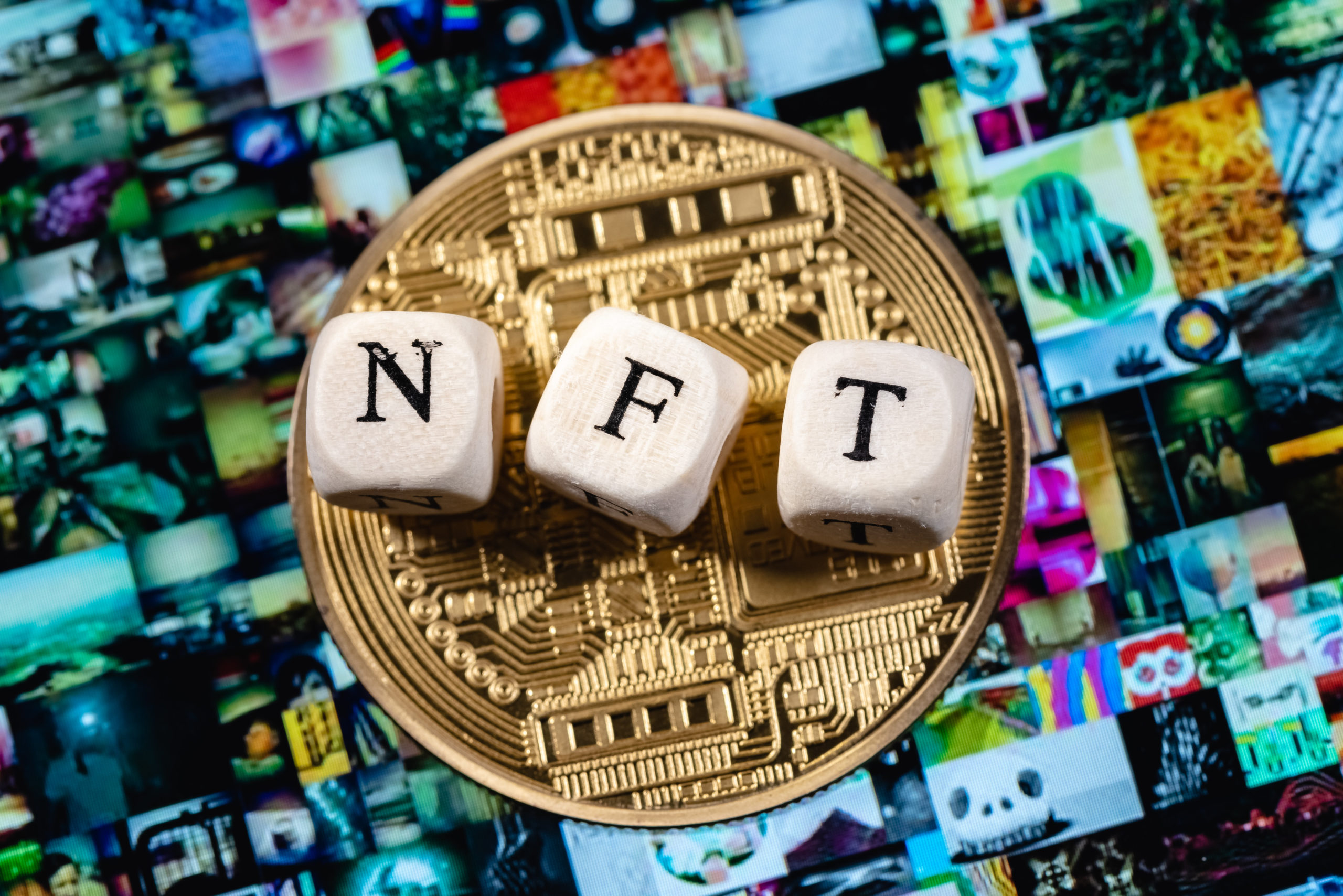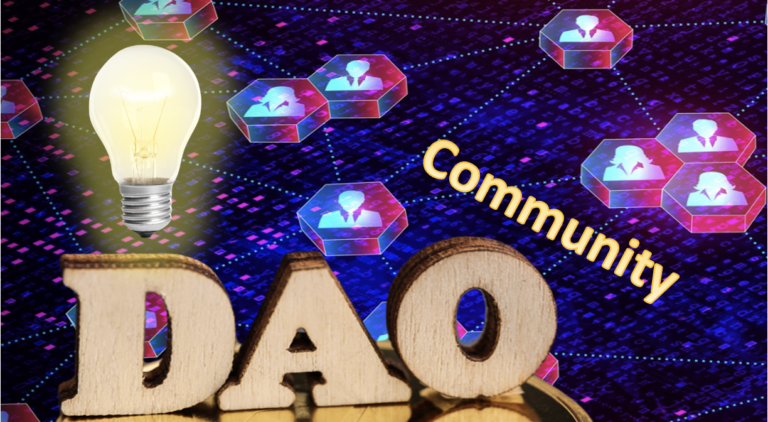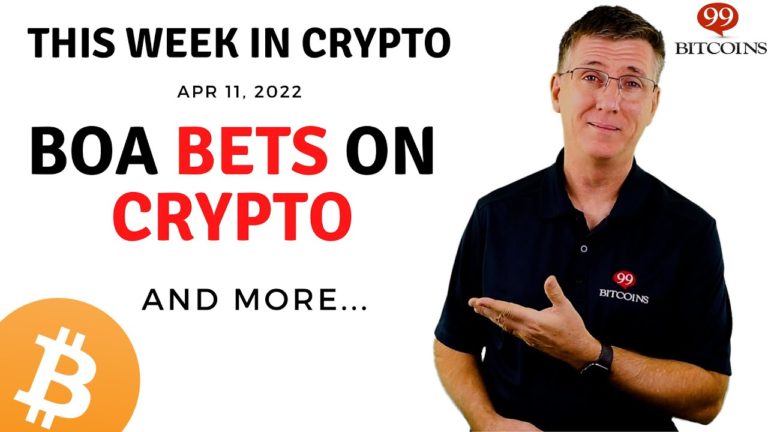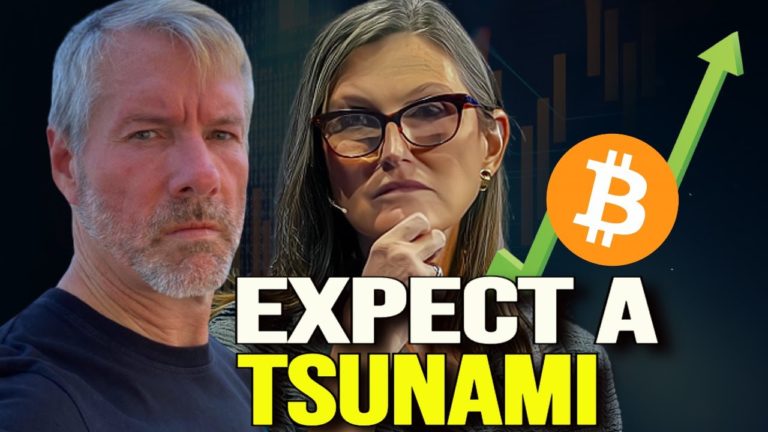In the early stages of a new technology, sometimes the acronyms and the terminology don’t necessarily fit with our language. The terms can seem outright intimidating to the layperson and might even lead some to abandon further exploration altogether, thus tossing a new concept into the mental trash heap of technophobia.
I assure you that non-fungible-tokens (NFTs) are not as scary as the terminology makes them sound. In fact, they are just another form of digital property—akin to a trading card, or a work of art. It’s a wide a reaching term, which in theory, can account for anything digitally memorialized through the blockchain. Here, my aim is to break down what NFTs are, its use cases, and the type of experiences we can expect to have resulting from the technology.
First, what does NFT and fungibility even mean to begin with?
Something that is fungible is a like item that can be exchanged one for the other. US dollars are good examples of fungible currency. You can trade your US dollar for another person’s US dollar. It’s the equal value and likeness that makes things fungible.
In the world of cryptocurrency, Bitcoin can be thought of as fungible—as you send one Bitcoin to a friend, they can send you one back in return—since the value of the Bitcoin is determined by the going price on the exchanges; therefore, Bitcoin is like the currencies we are accustomed to, in that any one Bitcoin held in one crypto wallet is of equal value to any other one Bitcoin held in a separate crypto wallet.
Non-fungible items are things like a work of art, or a baseball trading card. Though two baseball cards may be similar (say they were both produced by Topps)—their values differ based on things such as: Is it a Mickey Mantle or Babe Ruth? Is the card damaged or in pristine condition? Is the card unsigned, or has it been autographed by the baseball player?
In cryptocurrency, non-fungible tokens are like trading cards. But they are even more elaborate containing video, 3-D dimensionality, music, or voice. Topshot, sponsored by the NBA, allows you to own a one-of-a-kind NFT memorializing moments in the NBA. You can own epic highlights of great moments.
Another example is for gamers. Players of Axie Infinite can trade NFTs, which can be used in the game itself. Think of it this way, if we choose to allocate our time to play digital games—why not make these experiences as exhilarating as possible? Experience is experience. If we are willing to spend large sums of money on outdoor experiences such as boating or travel, then many who choose to spend their time and attention in virtual would pay to enhance that experience as well. An NFT could be a blazing sword that no one else in the virtual world of a particular game could own, a suit of special armor, or a certain kind of character—with NFTs, gaming will undergo an exciting transformation. As virtual worlds are created, elaborated upon, and growing at exponential rates—there could even be a gold rush to own earn certain items, as the owners of these items speculate that in time such items will increase in value.
Beyond gaming, there have been some astonishing sales by digital artists like Beeple. Back in March, he sold the NFT titled “Everyday – The First 5000 Days” for $69 million. The auction was held at Christie’s (a major auction house) making him one of the most valuable living artists of our time. The work is a collage of his commitment to create one original graphic design per day.
NFTs can also help musical artists rebalance the power of music copyrights. The cost to publish and distribute music, for example, has been in the hand of major industry gatekeepers. “Getting a recording deal,” with such corporate conglomerates had become the only means for musicians to have any kind of financial success. But now, with advanced recording techniques becoming easily accessible through smartphone applications, coupled with musical artists’ ability to memorialize and own their own digital music—the days of centralized power held by the major music studios may be over. NFT technology allows multiple ownership of one-of-a-kind songs, which can be sold on the open NFT market directly by the musician.
Broadly speaking, anything digital can be memorialized through an NFT. Twitter is selling tweets as collectibles as well as popular figures who use Twitter. Mark Cuban sold a tokenized tweet for nearly $1000. By visiting a site like opensea.io you’ll be able to experience an entire marketplace of non-fungible tokens from art, music, domain names, and video clips.
Why are NFTs exploding onto the Crypto scene as of late?
Primarily, it is because of what is made possible through smart contracts on the blockchain. Smart contracts allow for the tokenization of virtually anything that is digitized. They allow for digital ownership to take place in a decentralized way. For example, in the past, you may have been able to purchase a digital Fortnite item that could be used in the game, but it wouldn’t have value outside of the network.
Through smart contracts—digital items are memorialized. Rather than your Fortnite cosmetic item only existing on a centralized server owned by Epic Games, with an NFT, your digital item exists securely on thousands of nodes hosting the blockchain network supporting the NFT.
Cryptocurrencies such as FLOW (Flow token), MANA (Decentraland), or ENJ (Enjin Coin) operate on blockchains specializing in smart contracts that allow for NFTs. These blockchains are the hidden technology behind what makes these experiences possible. They are types of altcoins, which can be purchased on exchanges by anyone interested in owning the organization that creates the picks and shovels that enable NFT, rather than owning the NFTs themselves.
There is a wealth of creativity being unlocked by way of NFTs. Through NFTs, artists can fund their own endeavors without having to appease a benefactor directing their expressions. It gives people a chance to explore their own creative abilities by being able to present their work directly to an audience, without having to go through a gallery curator. In this way, like Bitcoin, NFTs can reshape the marketplace by cutting out the middle person. NFT transactions can take place peer-to-peer, directly. Just like decentralized exchanges have gained traction as a way for people to buy and sell cryptocurrency without a third party, sites like Zora are aiming to do the same.
With NFTs, our right to protect our digital property becomes viable. We now have a means of buying, selling, or trading digital experiences that we have verifiable ownership in. People will be able to gift them to others, sell, collect, or trace them. The internet is being transformed into a virtual metaverse. As far as specific digital locations go, items or other memorabilia become valuable through NFTs—it may be the owners of some digitized equivalent to Times Square in a virtual reality who will be the billionaires of the future. Manhattan is said to have been purchased for the equivalent of $1000 in today’s money—with Beeple’s $69 million NFT sale, anything is possible.






